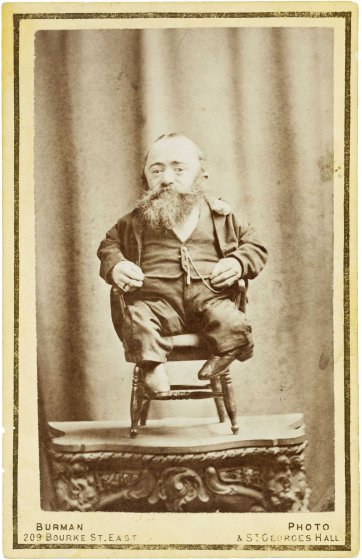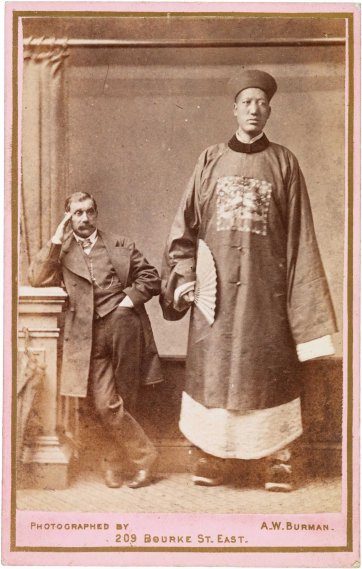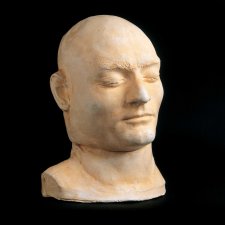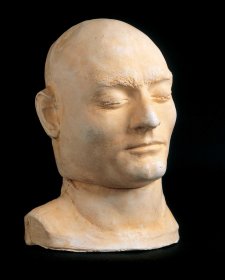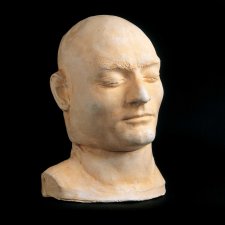The discovery of gold in New South Wales and Victoria in 1851 created rampant rates of population growth and transformed Sydney and Melbourne from colonial outposts to major capitals in the space of a decade. With people came commercial opportunities, and entertainers of all descriptions were among those who arrived in Australia seeking to profit by ventures other than prospecting.
During a period of 30 years, Melbourne accommodated the construction of seven large theatres, concentrated in the areas around the east end of Bourke Street, and Sydney experienced a similar boom. Local impresarios such as George Selth Coppin engaged famous names in drama, opera, pantomime, circus and music hall, and Australian cities and goldfields towns were added to the itineraries of touring international acts and artistes, including some whose performances were considered detrimental to the cultivation of taste and decency. Many of these performers availed themselves of the services of photographic studios, posing for carte de visite portraits that served as souvenirs and as instruments in the making of renown and notoriety.
